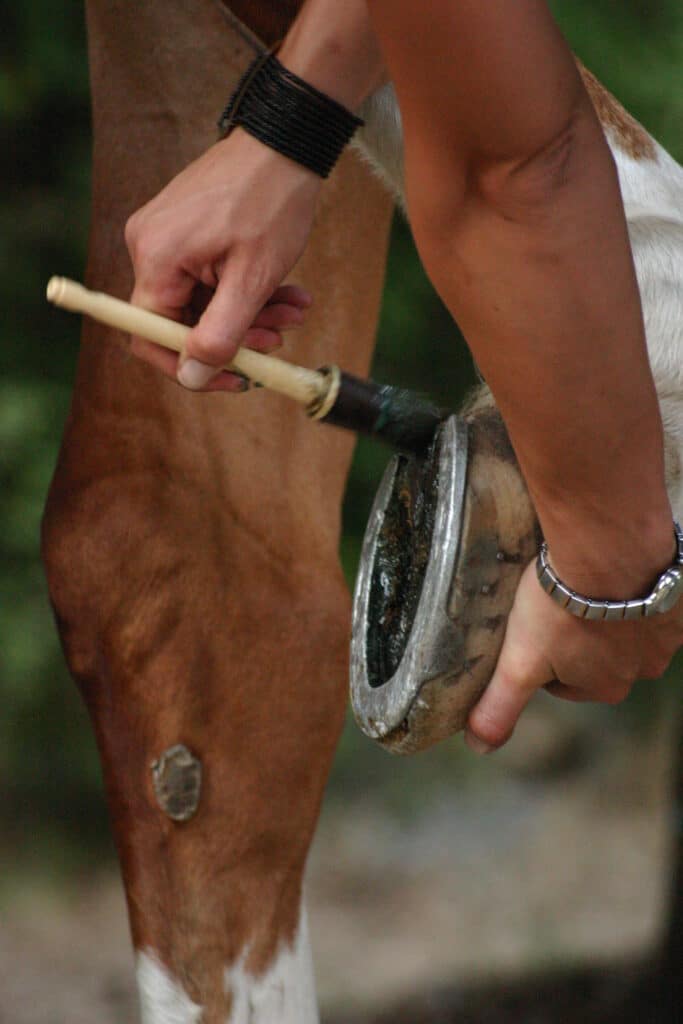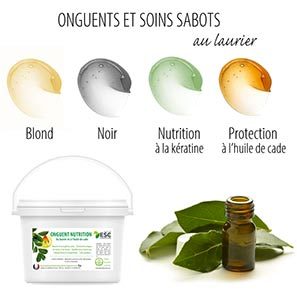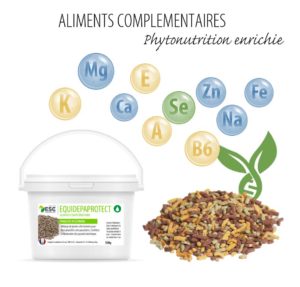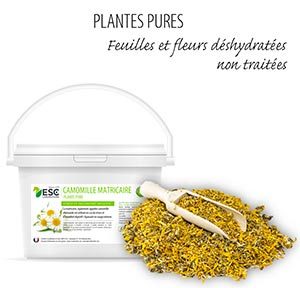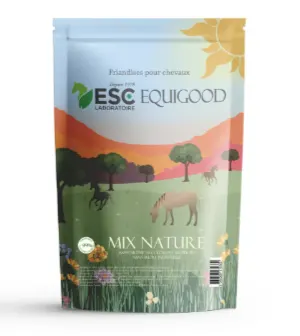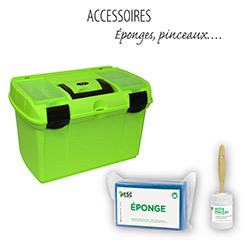You certainly know the saying: « No foot, no horse ».
All riders use it because they know that the feet of their horse play an essential role. Both shock absorbers, thrusters and supports, they must be healthy for your horse to maintain its balance. So you have to give them proper care, starting with choosing the right products.
Among the most used to take care of the horse's feet, vegetable tar is particularly recommended. This natural product, originally produced from Norway's pine (or beech), applies under hoofs in winter. Its properties, both dry and antiseptic, prevent the sole and fork from rotting due to moisture.
Focus on this precious ally, its provenance, composition and the best way to use it.
What is horse tar?
Its name may be troubling, but the Norwegian tar has nothing to do with the one used for paving roads. This vegetable version is indeed obtained by pyrolysis (a slow combustion without oxygen) from wood (usually pine but beech can also be used). In concrete terms, it is a question ofn mixture of resin and empyreumatic oil, easily recognizable by its strong smoke smell. Its very dark colour is due to the charcoal it contains. The use of tar treatment for horses' hooves dates back to the 18th century. Traces of the properties of Norwegian tar as early as 1745 can be found in the pharmacology manuals. Its properties are related to its chemical composition which contains phenolic compounds (known for their antioxidant and antimicrobial action) and lipophilic compounds (resinic acids, but also terpenes). In the equestrian world, vegetable tar is known for its properties both dry and protective. But it is also used by gardeners for healing the wounds of trees. And in the Nordic countries, Norwegian tar is used to coat wooden houses to protect them from moisture.Why use vegetable tar on my horse's hooves?
Tar is part of your horse's foot care routine. To maintain the hornSeveral types of products exist. For example, you can use oils or ointments (especially in summer when the horse's foot is dry due to heat and terrain). Tar is recommended in winter when the grounds are muddy. He's gonna protect the hoof from moisture and prevent it from entering the horn of the sole and forks of your horse, causing rot. When your horse's forks become soft or produce a bad smell, applying tar will prevent their condition from deteriorating. But also and above all to make them harder, and therefore more resistant.How to apply vegetable tar?
Application of vegetable tar Depending on several factors. If your horse sleeps in a box, but you plan to take it out on wetlands, it is advisable to apply before your session. Tar will thus serve as a moisture protection thanks to its hydrophobic properties. On the other hand, if he lives in meadows and already has wet hooves, it is very important to start by drying them before applying. Place your horse on a dry and healthy soil, and start by dressing. Then clean well its hooves to remove excess mud before applying the vegetable tar. You will understand, the golden rule consists of Never apply tar on wet hoofs. Indeed, it would then have the opposite effect of the one you are looking for, since it will lock the moisture in the horn of the horse, and thus worsen the rotting of its forks. Another very important point: tar applies only under the foot Your horse. He must cover the sole and fork well. Prefer an ointment for the outside of his hooves in order to grease them well. Watch your clothes and hands when applying vegetable tar. In addition to doing a lot of work, its smell tends to stay for several days. So don't hesitate to use gloves.How often do you apply vegetable tar?
Keep in mind that Tar is not a product that you should apply daily on your horse's hooves. If regular use is recommended in winter, limit yourself to every other day and take into account the needs of your horse. In fact, too frequent an application can dry and damage the horn. For example, you can alternate between tar application, and that of a black ointment ora protective ointment with cade oil.Which vegetable tar choose to take care of his horse's hooves?
You will have the choice between several types of vegetable tar. Start by interested in its conditioning. It is recommended that: prefer tar as a pot, which can be applied with a brush. In addition to being easier to carry (in your dressing bag, for example), you can reach all areas of the sole and fork of your horse's hooves more easily. In contrast, tar in spray form does not allow such a precise application. The sound of the gun can also scare your horse. To offer you a vegetable tar of top quality, and above all 100% French, our laboratory has designed uonly beech wood formula from eco-managed forests. Its properties will create a protective barrier that will prevent the proliferation of bacteria (which can cause infection and lameness).4 other reflexes to take care of the hooves of a horse
The use of vegetable tar must be included in a more comprehensive care routine to preserve the hoofs of your horse. Think of this:- Maintain his box. This is the first cause of soiling your horse's hooves, since he regularly makes his needs there. Cleaning his box well will help prevent him from developing diseases like the rotten range.
- Curing his hooves. Curage will remove dirt, but also relieve your horse's foot. It is also an opportunity to check that they are healthy (and detect a rotten fork, bleimes or seimes).
- Wash its members. Washing the tendons after work also helps to wash the feet of the horse and remove particles of sand or soil. Be careful, however, to dry its hooves and limbs well afterwards.Limit also the showers that can lead to the development of the bacteria responsible for the mud scab.
- Grease the hooves (with oil, Black fat in winter or vegetable tar);
- Parse and tie the horse. The trim consists of siding the horn of the horse so that it is not too long. Fastening, even if it is not mandatory, makes it easier to adjust its ceilings.
